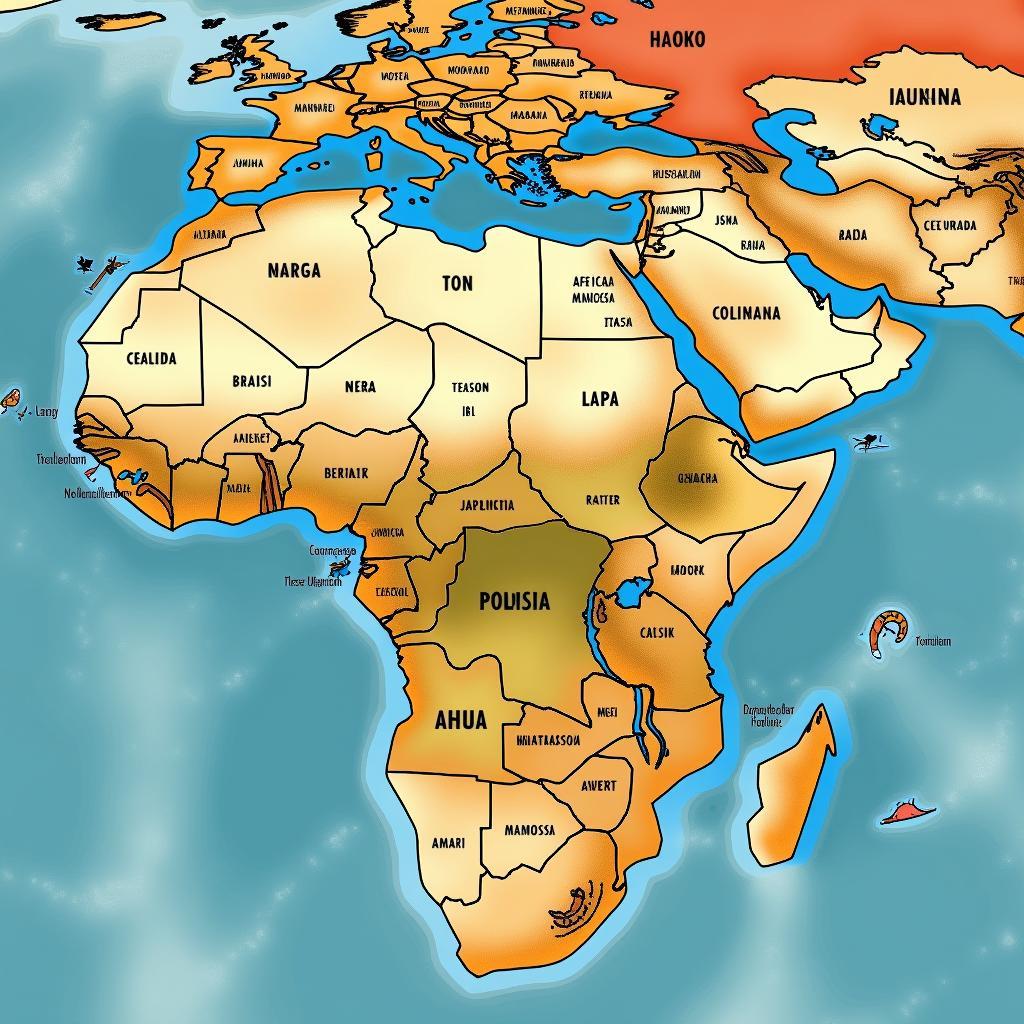The Legacy of the 3rd Battalion King’s African Rifles
The 3rd Battalion King’s African Rifles (KAR) played a significant role in East Africa’s military history during the early to mid-20th century. From its formation to its eventual disbandment, the 3rd KAR participated in various conflicts and campaigns, leaving an indelible mark on the region and its people. This article explores the history, campaigns, and lasting legacy of this important military unit.
The 3rd KAR was initially formed in 1902 as part of the British East Africa Rifles, later renamed the King’s African Rifles. Recruited from various ethnic groups across East Africa, including Kenyans, Ugandans, and Tanganyikans (modern-day Tanzanians), the battalion quickly became a vital component of British military power in the region. Their diverse backgrounds brought a unique blend of skills and experiences, contributing to their adaptability and effectiveness in diverse terrains and climates.
The 3rd KAR in World War I
The 3rd KAR’s first major test came during World War I. Deployed to German East Africa (modern-day Tanzania, Rwanda, and Burundi), the battalion engaged in arduous campaigns against the Schutztruppe, the German colonial forces. The East African campaign was a protracted and brutal struggle, fought in challenging terrain and harsh conditions. The 3rd KAR, often facing numerically superior enemy forces, demonstrated remarkable resilience and courage.
Their contribution to the Allied war effort was invaluable, disrupting German supply lines, and tying down significant enemy resources. The 3rd KAR’s local knowledge and adaptability proved crucial in navigating the challenging terrain and engaging in guerilla warfare tactics.
Notable Battles and Contributions
Several battles stand out in the 3rd KAR’s WWI service, including the Battle of Tanga and the Battle of Namakura. At Tanga, despite being outnumbered, the 3rd KAR fought bravely against the German forces. Though ultimately a tactical defeat for the British, the battle showcased the tenacity of the African soldiers. At Namakura, the 3rd KAR played a vital role in a successful British offensive, further demonstrating their military prowess.
The Interwar Period and World War II
Following WWI, the 3rd KAR continued to serve as a peacekeeping force in East Africa. They were involved in suppressing local rebellions and maintaining order in the region. This period also saw changes in training and organization within the battalion, reflecting evolving military doctrines and the increasing professionalization of colonial armies.
With the outbreak of World War II, the 3rd KAR was once again called upon to serve. This time, they were deployed to various theaters of war, including Italian Somaliland, Abyssinia (Ethiopia), and Burma. Their experience in jungle warfare and their adaptability to different climates proved invaluable. In Burma, the 3rd KAR played a crucial role in the arduous campaigns against the Japanese, contributing significantly to the Allied victory.
The Burma Campaign
The Burma campaign was a particularly challenging one for the 3rd KAR. The jungle terrain, the monsoon rains, and the determined Japanese resistance tested the battalion’s resilience to its limits. Nevertheless, the 3rd KAR persevered, demonstrating remarkable courage and tactical proficiency. Their contributions to the Burma campaign are a testament to their enduring strength and commitment to duty.
“The 3rd KAR’s ability to adapt and overcome in the Burma Campaign was truly remarkable. They displayed an unmatched resilience in the face of adversity,” states Dr. Anika Mwangi, a historian specializing in East African military history.
Post-War and Disbandment
After World War II, the 3rd KAR continued to serve in East Africa, playing a role in maintaining order during the transition towards independence. However, with the rise of nationalist movements and the changing political landscape, the colonial era was drawing to a close. The 3rd KAR was eventually disbanded, with many of its soldiers joining the newly formed national armies of the independent East African nations.
“The legacy of the 3rd KAR is complex. While they served a colonial power, their individual acts of courage and their contribution to military history deserve recognition,” notes Professor Joseph Otieno, a Kenyan historian.
Conclusion
The 3rd Battalion King’s African Rifles played a significant role in the military history of East Africa and beyond. From the East African campaign in World War I to the jungles of Burma in World War II, the 3rd KAR served with distinction, demonstrating courage, adaptability, and professionalism. Their legacy continues to resonate, reminding us of the complex and multifaceted history of colonial Africa and the contributions of African soldiers to global conflicts. Their story is a crucial part of understanding the history of the 3rd Battalion King’s African Rifles and its lasting impact.
FAQ
- When was the 3rd KAR formed? (1902)
- Where did the 3rd KAR serve during WWI? (German East Africa)
- What was the 3rd KAR’s role in WWII? (Served in Italian Somaliland, Abyssinia, and Burma)
- Why was the 3rd KAR disbanded? (Due to the rise of nationalist movements and the end of colonial rule)
- What was the primary recruitment area for the 3rd KAR? (East Africa, including Kenya, Uganda, and Tanganyika)
- What was the most challenging campaign for the 3rd KAR? (Many historians argue the Burma Campaign due to its challenging terrain and conditions).
- What was the 3rd KAR’s predecessor? (The British East Africa Rifles).
“The 3rd KAR’s story is one of resilience and adaptation. Their contributions deserve to be remembered,” adds Dr. Mwangi.
Need support? Contact us 24/7: Phone: +255768904061, Email: kaka.mag@gmail.com Or visit us at: Mbarali DC Mawindi, Kangaga, Tanzania.
